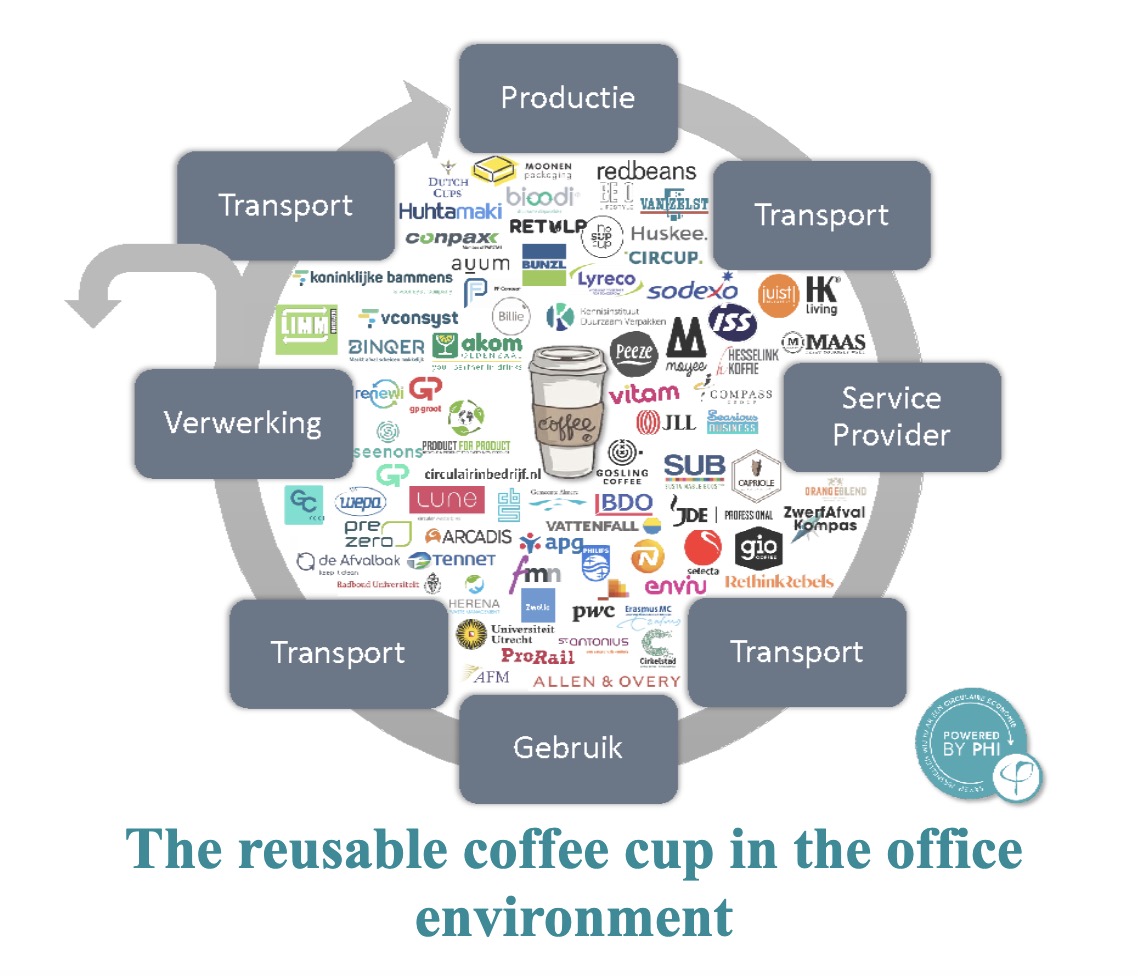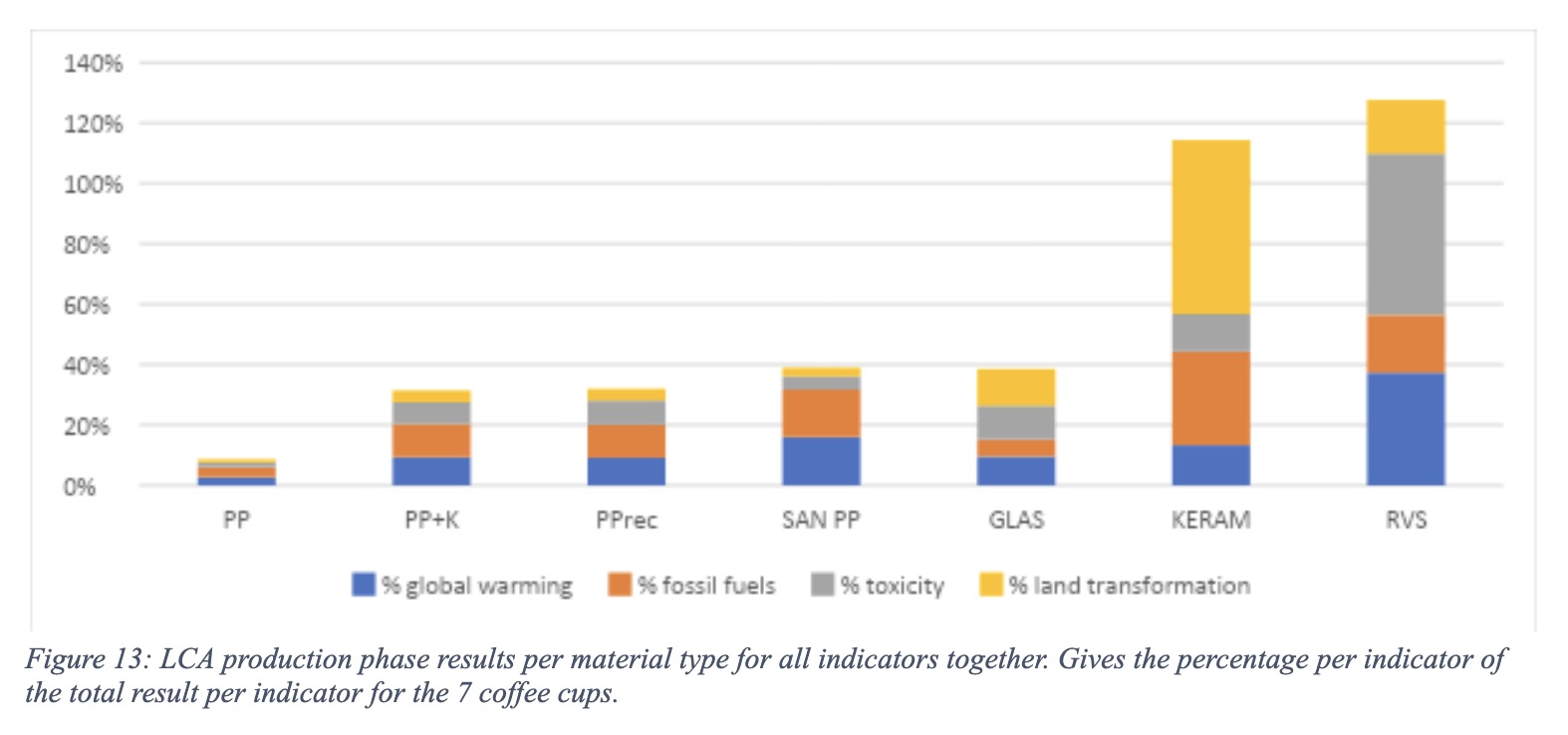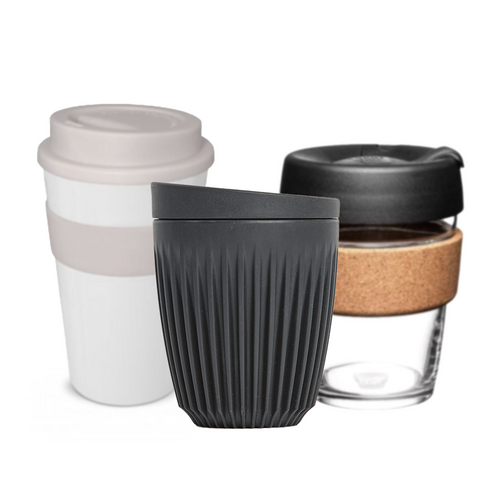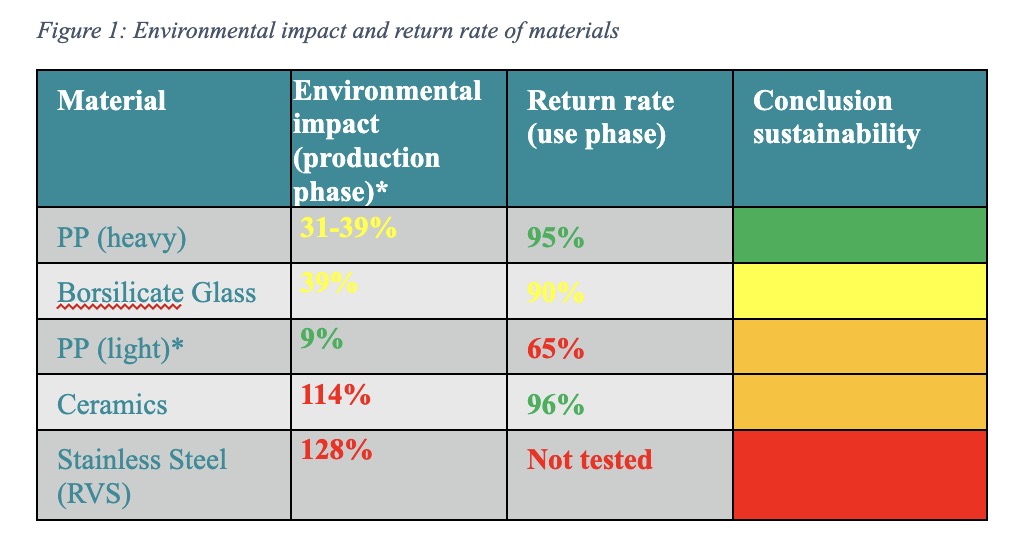What is the Most Sustainable Reusable Coffee Cup?
Posted by Huskee on 6th Feb 2024
In late 2022, we were approached by PHI Factory about a project they were about to conduct and wanted to know if Huskee would like to participate.
The premise seemed simple, and interesting. What they were trying to research, for the Netherlands market specifically, was:
What is the Most Sustainable Reusable Coffee Cup?
We thought this was a great question and opportunity to objectively look at this issue and we were happy to participate. The term ‘sustainable’ is often used, and not always as simple to quantify or qualify as people often believe. There are many factors that inform what is a sustainable solution. If you have wondered how to answer this question, then keep reading.

The study was commissioned by the Coffee Cup Pact, a collaboration between 67 organisations involved in the coffee cup value chain from producer to processor and completed in June 2023. The main driver for the study was that on 01 January, 2024, the Netherlands will be banning single-use cups for on-site consumption. It means that single-use cups in offices are no longer suitable and a great time for other businesses such as cafes to get onboard.
This moonshot research was conducted over three months with participation from 7 cup manufacturers and through 5 corporate-setting pilots. The study did LCA and qualitative analyses of 7 common reuse materials for reusable coffee cups and key sustainability indicators in the lifecyle of these cups:
- The production phase (material extraction & production emissions, toxicity and land use)
- The usage phase (washing requirements (water & energy use), return rates, user experience)
- End-of-Life phase (return and repurposing opportunities)
Summary of the Main Conclusions of the Research
- A heavy polypropylene cup (> 20 gms) appears to be the ‘most sustainable’ reusable cup option, followed by glass.
- The return rate of any reusable cup systems are critical in determining the ‘most sustainable cup’
- Cleaning cups is the largest impact during the usage phase of reusable cups. It is ideal if energy used is from clean energy sources, but overall this impact is still much lower when compared to single use cups.
- Low-weight PP cups were not as sustainable largely due to user experience and behaviour (unappealing comfort/experience, mistook for disposable cups, lower return rates)

Key Takeaways for Huskee
We often get asked about the ‘sustainability’ of our cups, and how they compare to others. LCA’s can be misinterpreted, often provide limited information based on assumptions, do not fully quantify environmental impact, and can provide conflicting information. We believe this study provides a good framework and indicators that can and should be used to compare reusable vessels. Of particular interest to us was:
- HuskeeCups continue to demonstrate being one of the lowest impact reusable cup materials in the production phase.
- That the material inputs into a cup play a significant role in overall sustainability of a reusable cup. This is why all Huskee product ranges incorporate recycled materials and those material choices are important.
- That drinking comfort and user experience is very important in reuse systems. As a design company, this is what Huskee is known for.
It was good to see that this study has demonstrated once again that HuskeeCups are a leading option in the reuse/refill space, and one of the ‘most sustainable coffee cup’ options.
Dig Deeper
The full PHI report is in Dutch, and can be found here. Here is a google-translated version of the report for easy reference. In this report you can also find:
- Recommendations for each sector of the supplier/user chain
- 7 Recommended Steps for Successful reuse implementation in offices
Find out more about HuskeeSwap here.
Search our FAQ’s for more information on Huskee here.



